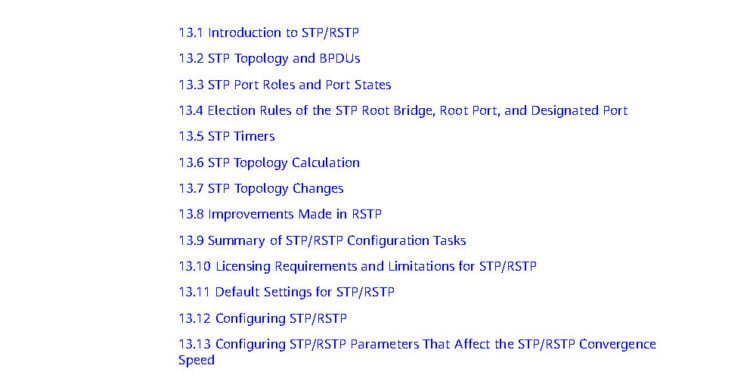Introduction
Welcome to our comprehensive guide on network stability, where we explore the intricacies of Spanning Tree Protocol (STP) and Rapid Spanning Tree Protocol (RSTP). In this guide, we will delve into the fundamentals of these protocols and their role in ensuring a stable and resilient network infrastructure.
Overview about the Guide
Our guide aims to provide you with a clear understanding of STP and RSTP by breaking down the concepts into easily digestible sections. Whether you are a network administrator, engineer, or someone interested in networking technologies, this guide will serve as a valuable resource.
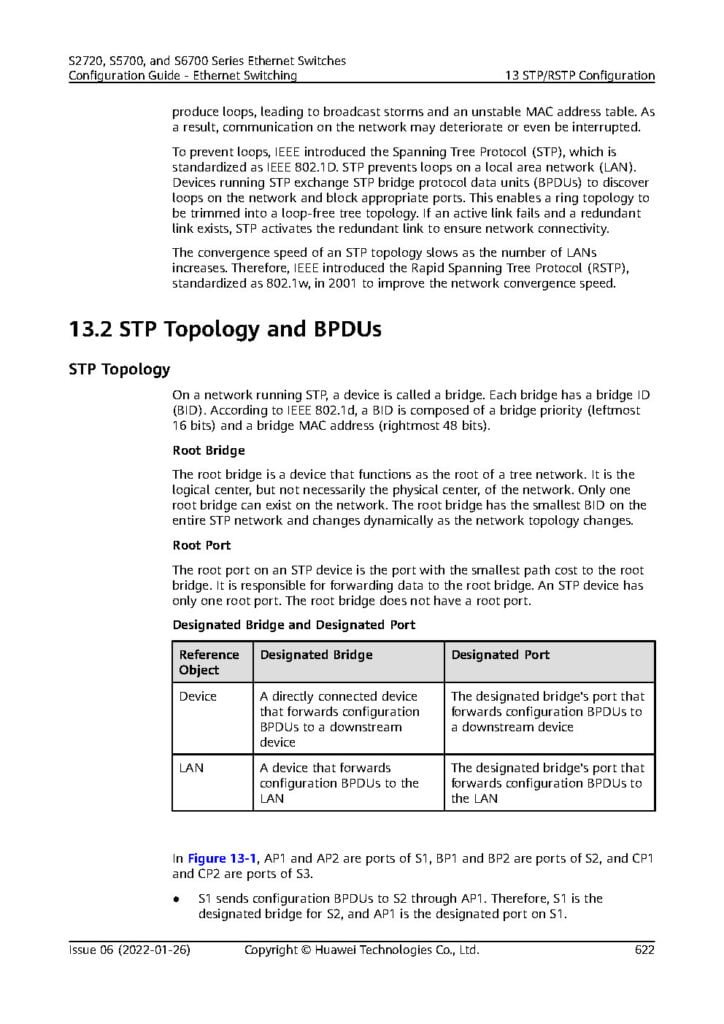
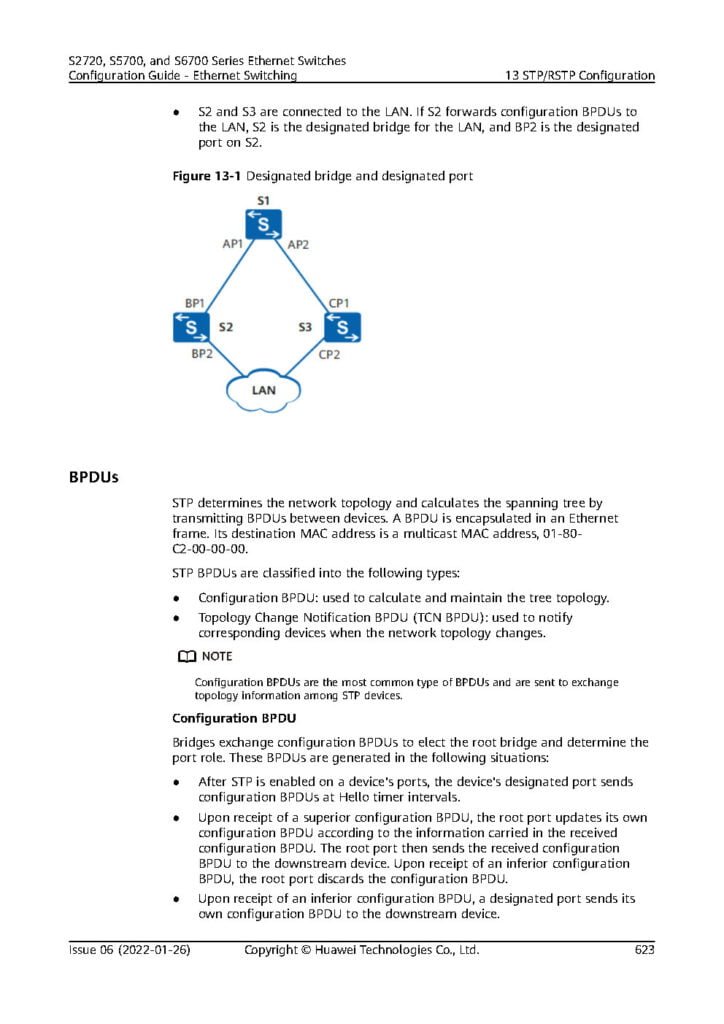
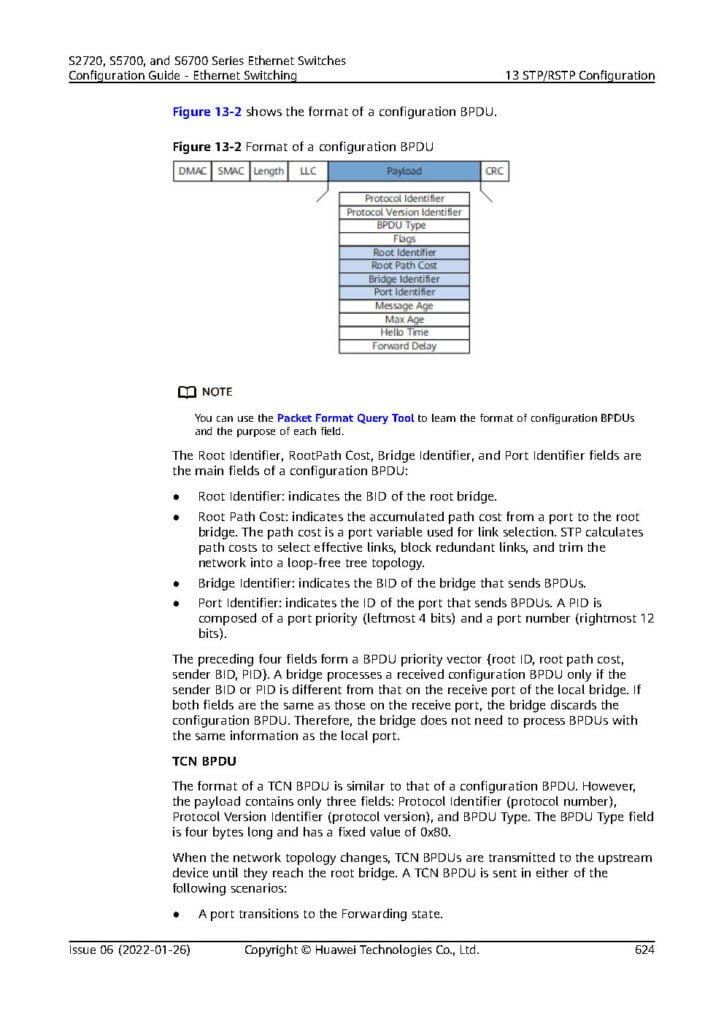
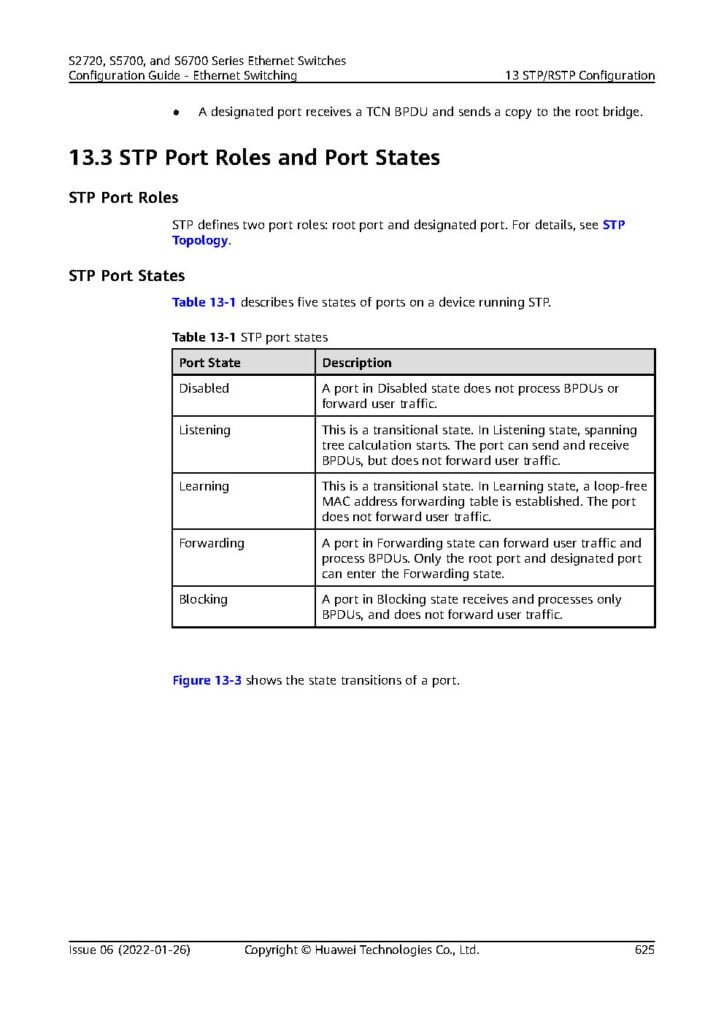

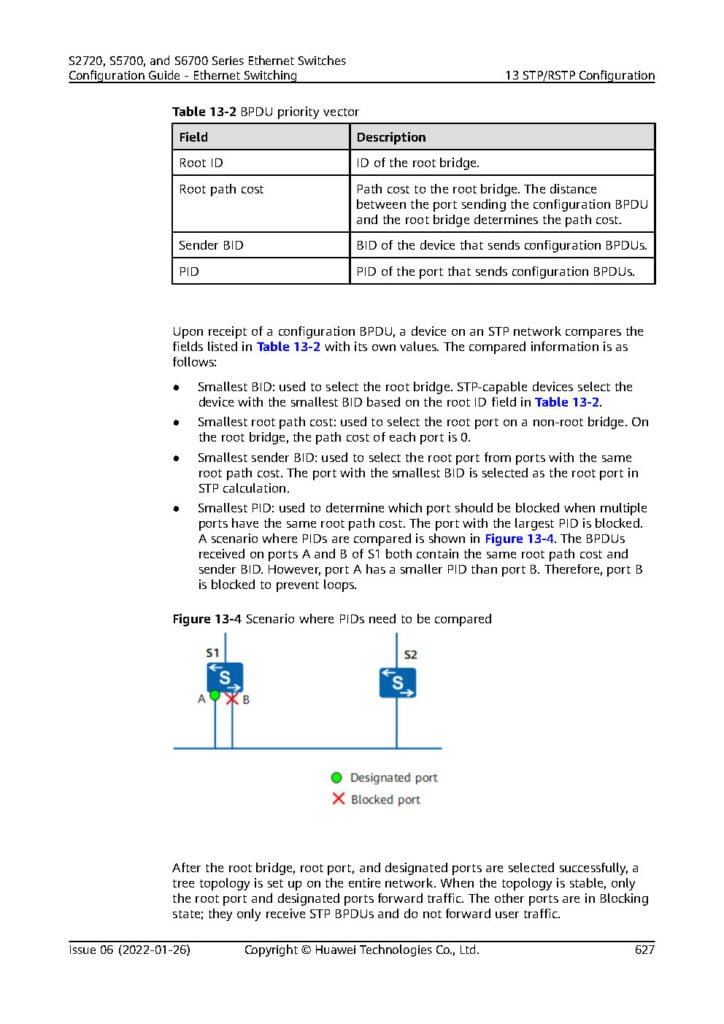

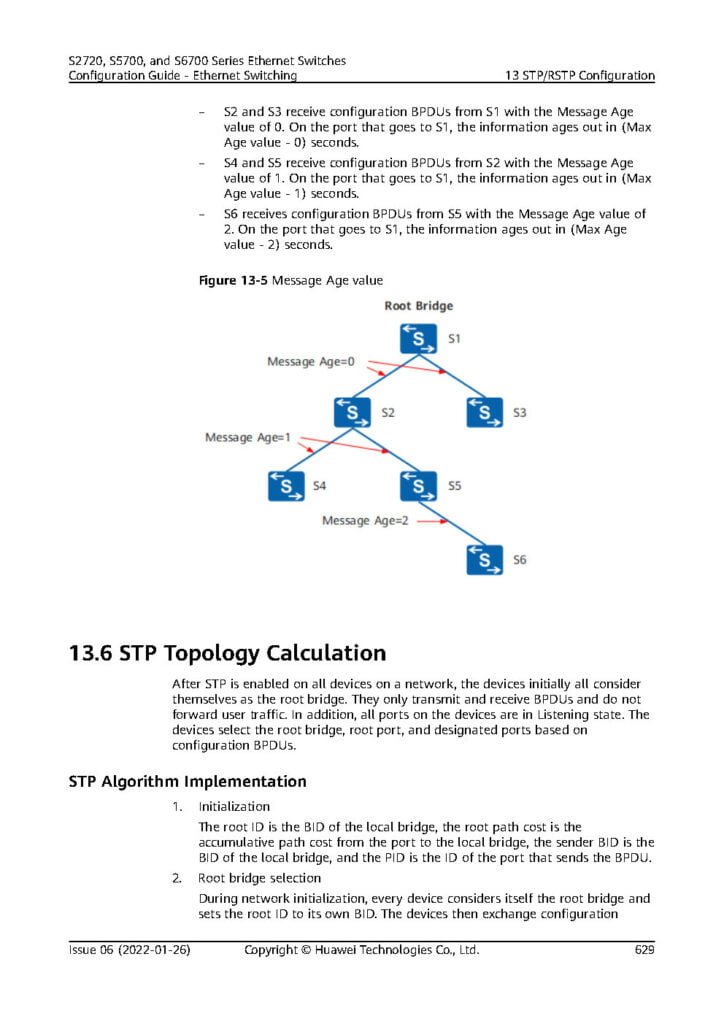
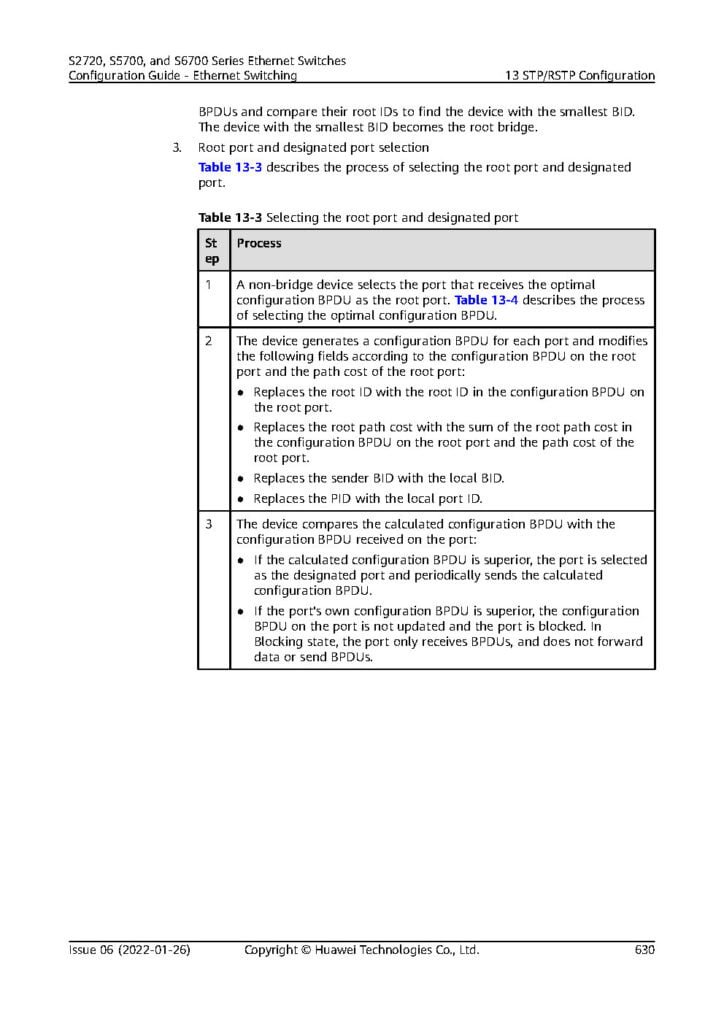
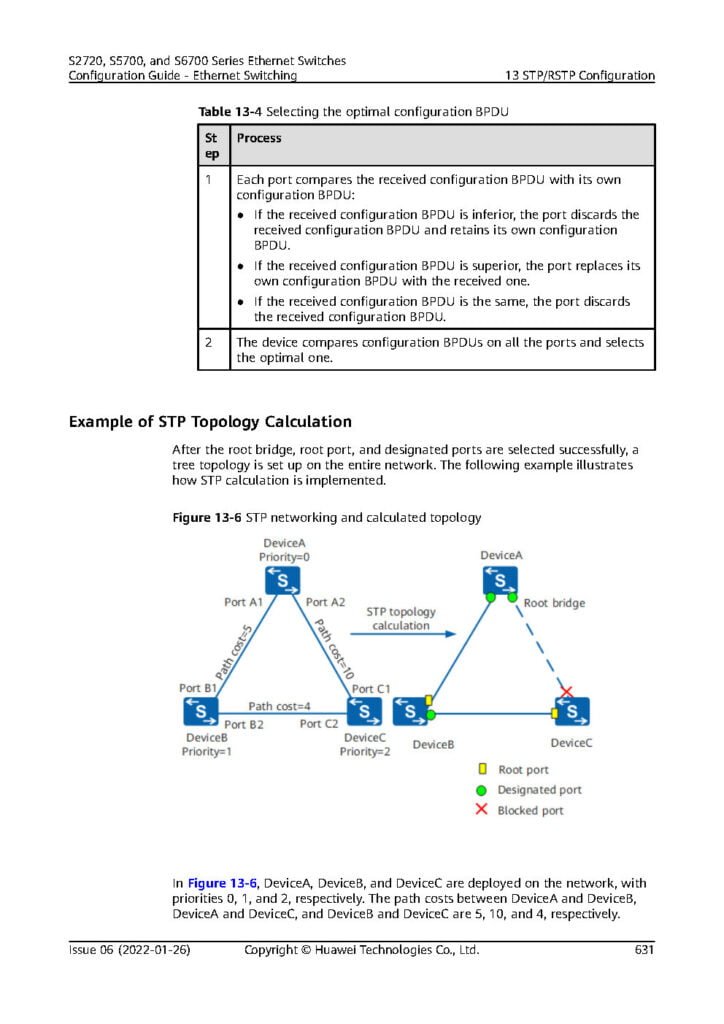
The Content of the Guide
The guide is organized into several chapters, each focusing on a specific aspect of STP and RSTP. We start with an introduction to the protocols, explaining their purpose and importance in network stability. We then move on to discussing the different versions of STP and RSTP, highlighting their key differences and improvements.
Next, we explore the process of electing a root bridge and how it impacts the network topology. We delve into the role of designated and root ports, and how they contribute to the overall stability of the network. Additionally, we discuss the concept of bridge priority and how it influences the path selection process.
Furthermore, we cover the various states that a port can be in, such as blocking, listening, learning, and forwarding. Understanding these states is crucial for troubleshooting and optimizing network performance.
We also address the issue of network loops and how STP and RSTP prevent them through the use of loop-free paths. We explain the process of loop detection and the mechanisms employed to eliminate loops, ensuring data integrity and efficient forwarding.
Key Topics
Throughout the guide, we touch upon several key topics related to STP and RSTP:
- Protocol operation and message exchange
- Path cost calculation and influence on path selection
- BPDU (Bridge Protocol Data Unit) format and significance
- Port roles and states in STP and RSTP
- Root bridge election process
- Redundancy and failover mechanisms
Conclusion
By the end of this guide, you will have gained a solid understanding of STP and RSTP, enabling you to design, deploy, and troubleshoot networks with confidence. Network stability is crucial for maintaining uninterrupted connectivity and optimal performance, and STP and RSTP play a vital role in achieving this.
Number of Pages
This guide consists of 54 pages packed with detailed explanations, diagrams, and examples to facilitate your learning experience.
Download from Link
To access the full guide on network stability and STP/RSTP, please click here to download the PDF.
Thank you for choosing our guide as your resource for understanding network stability and the intricacies of STP and RSTP. We hope you find it informative and valuable in your networking journey.

